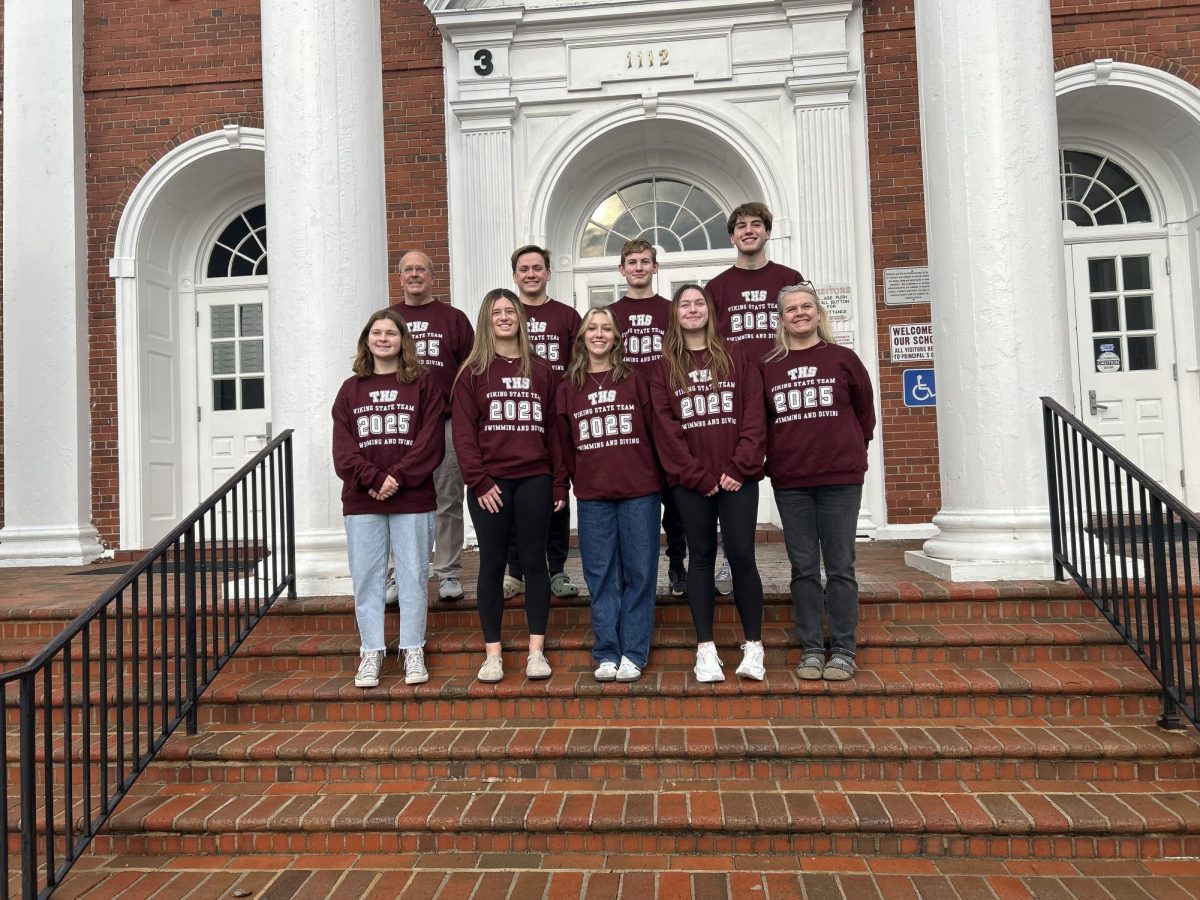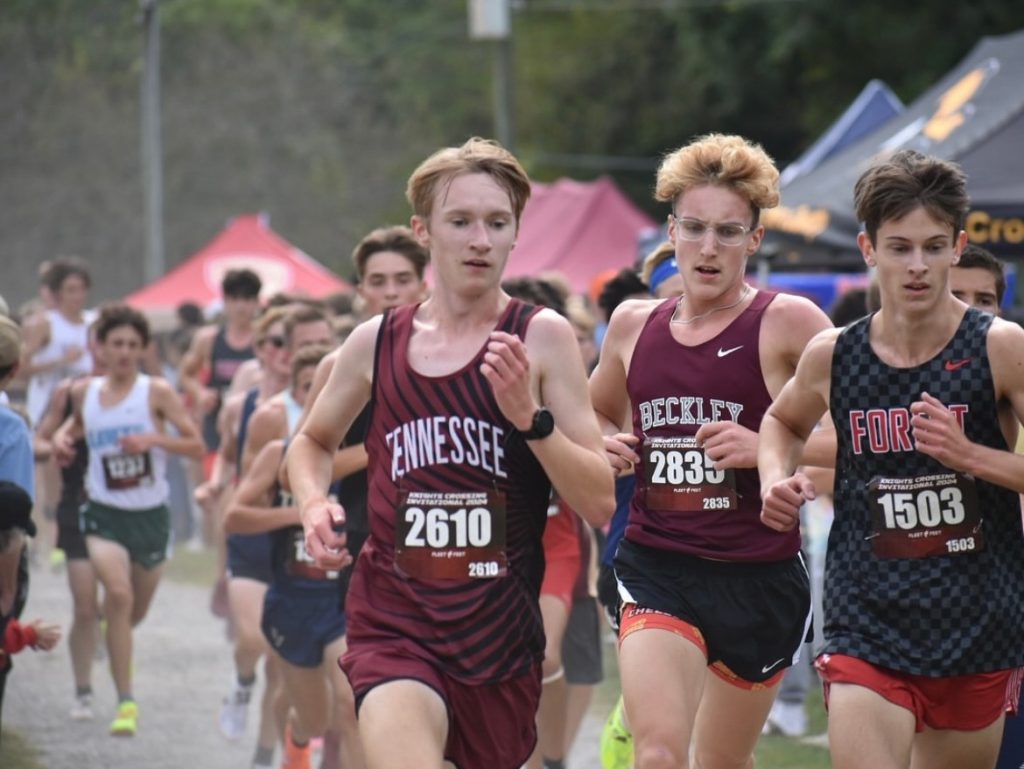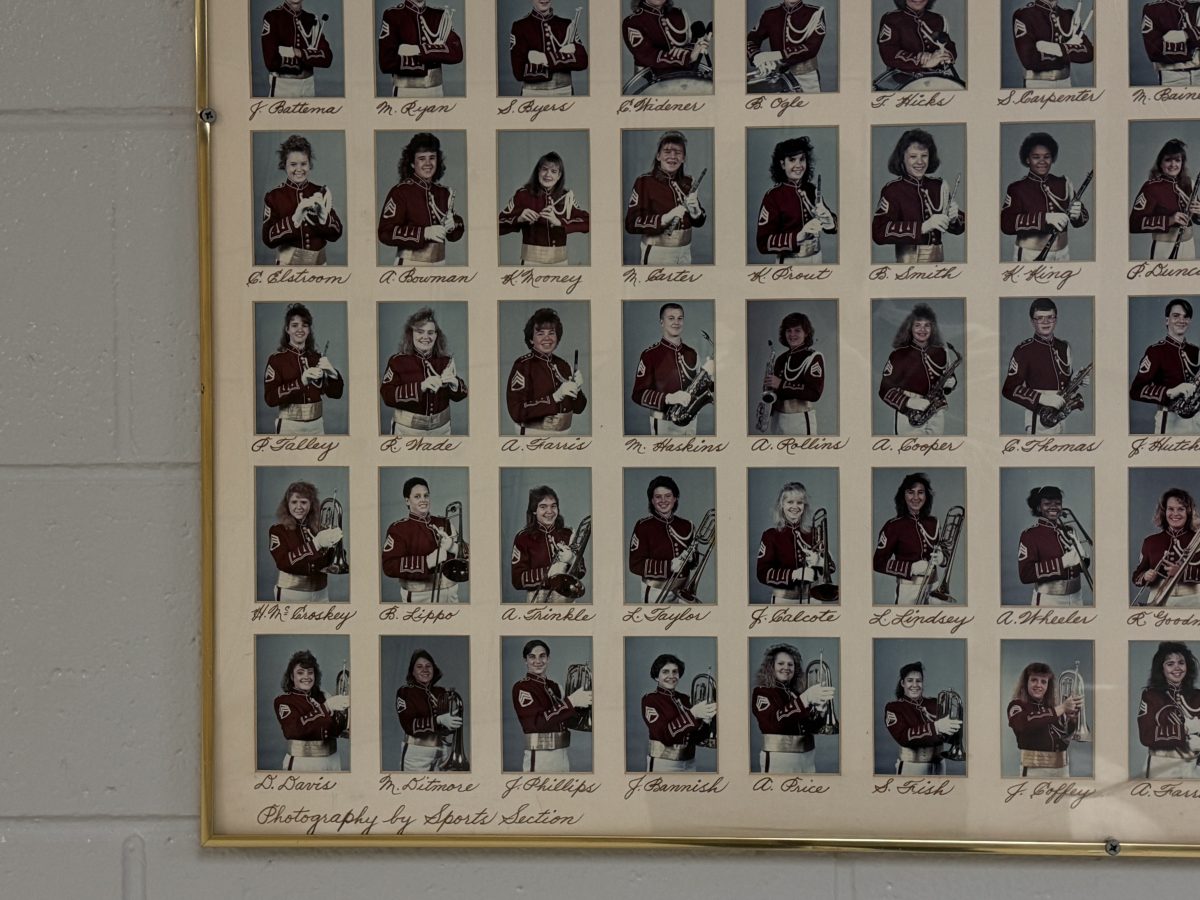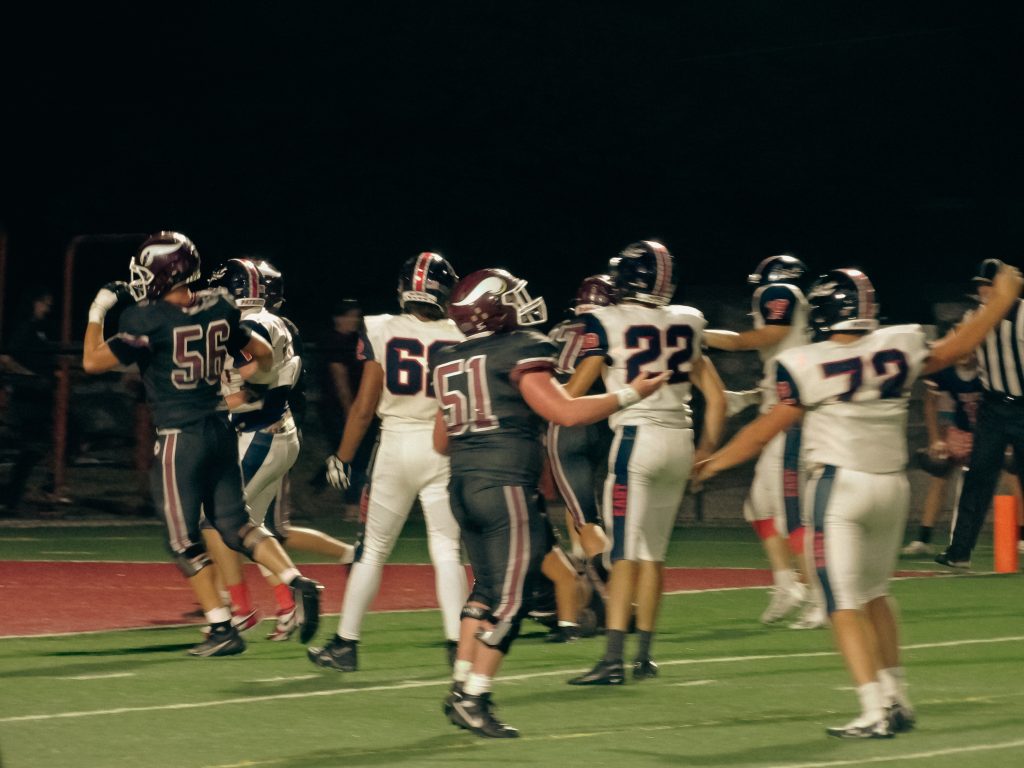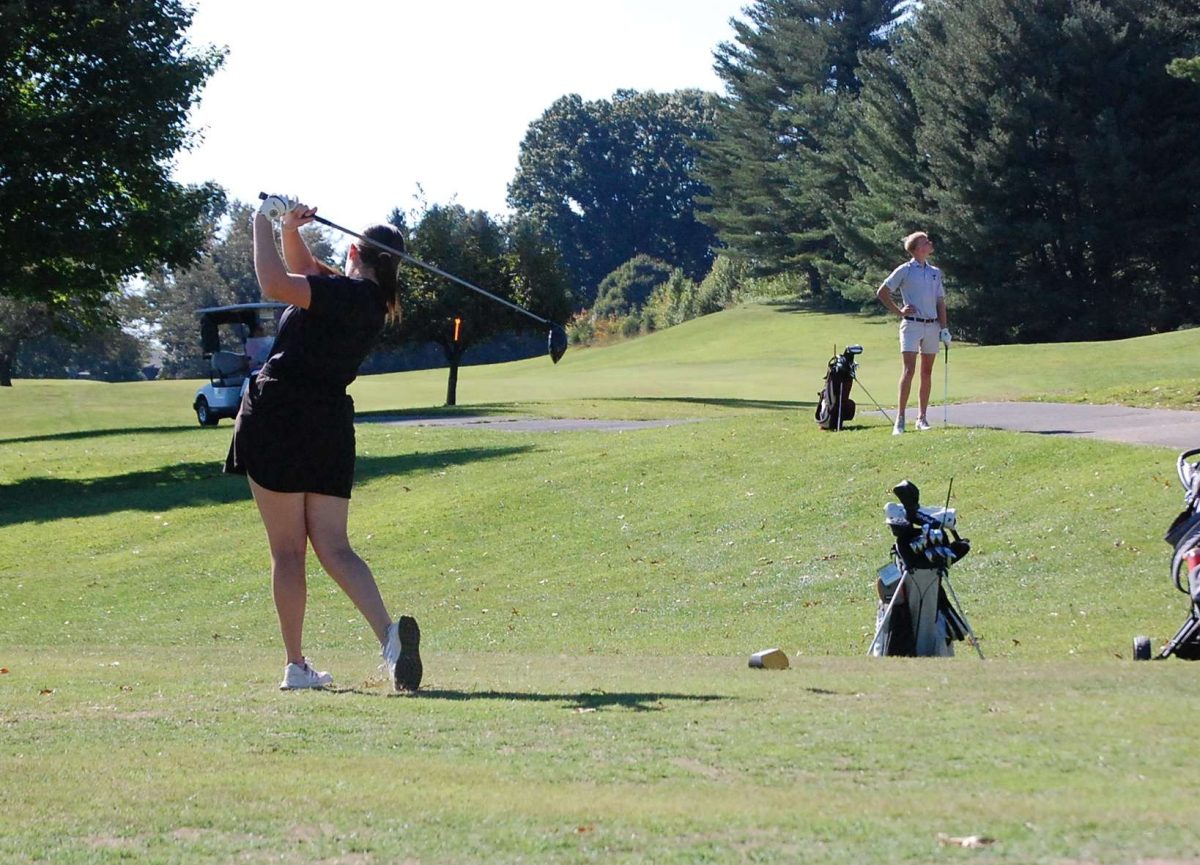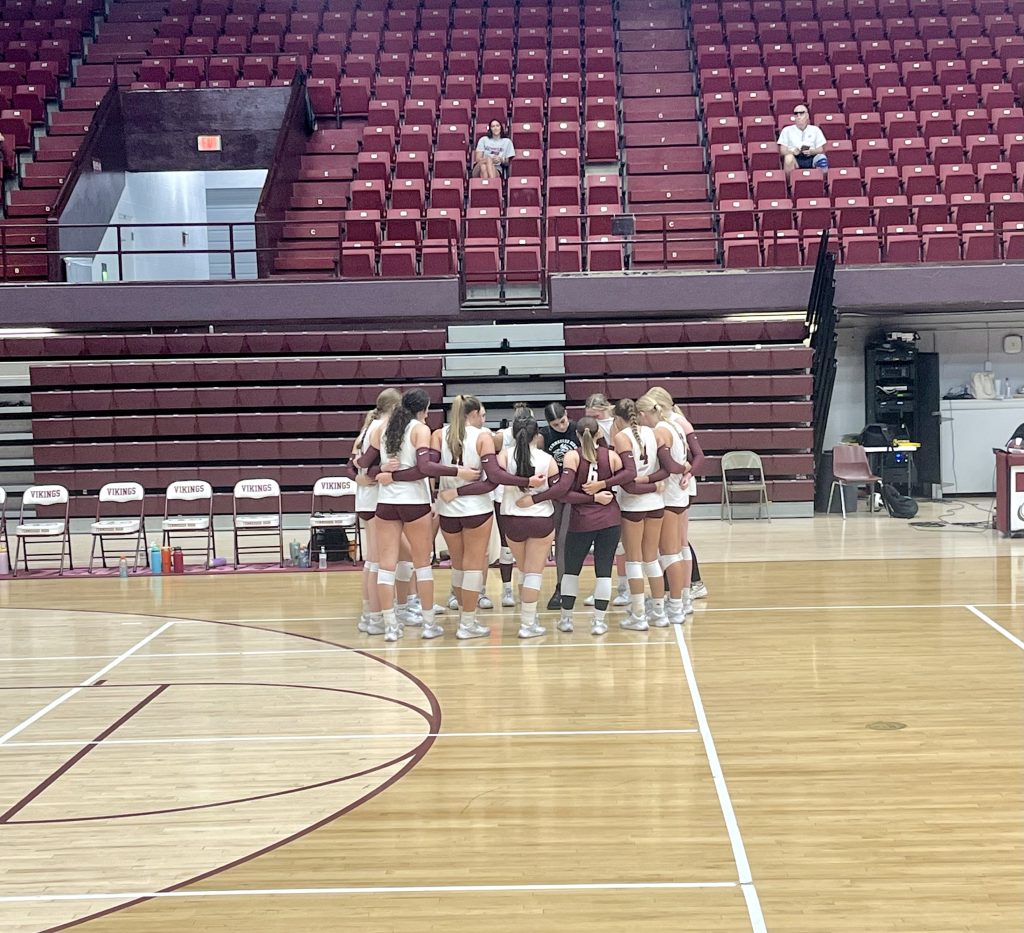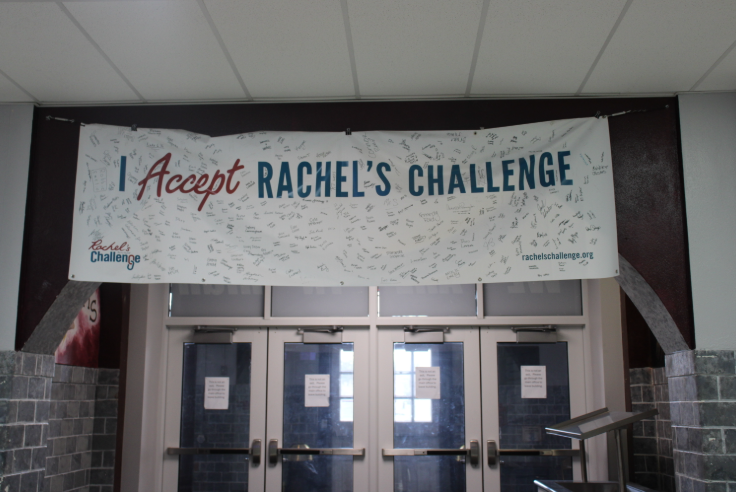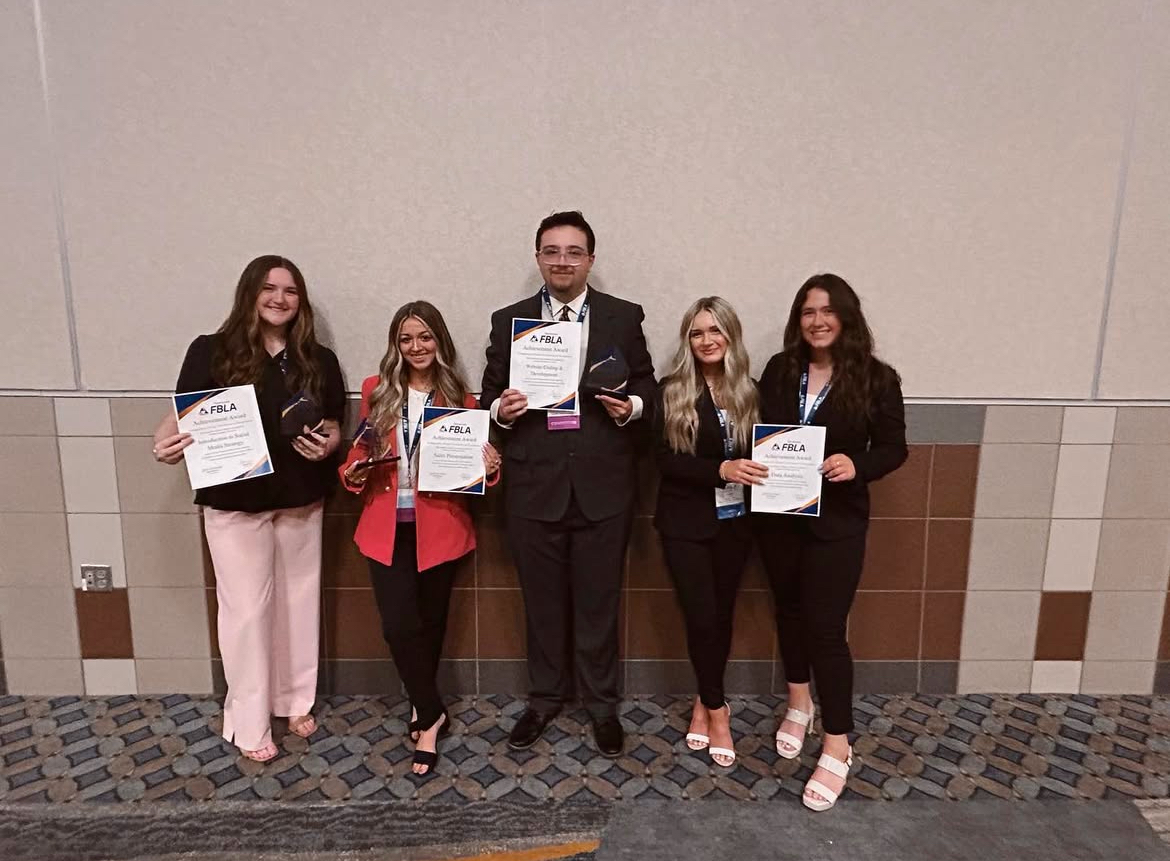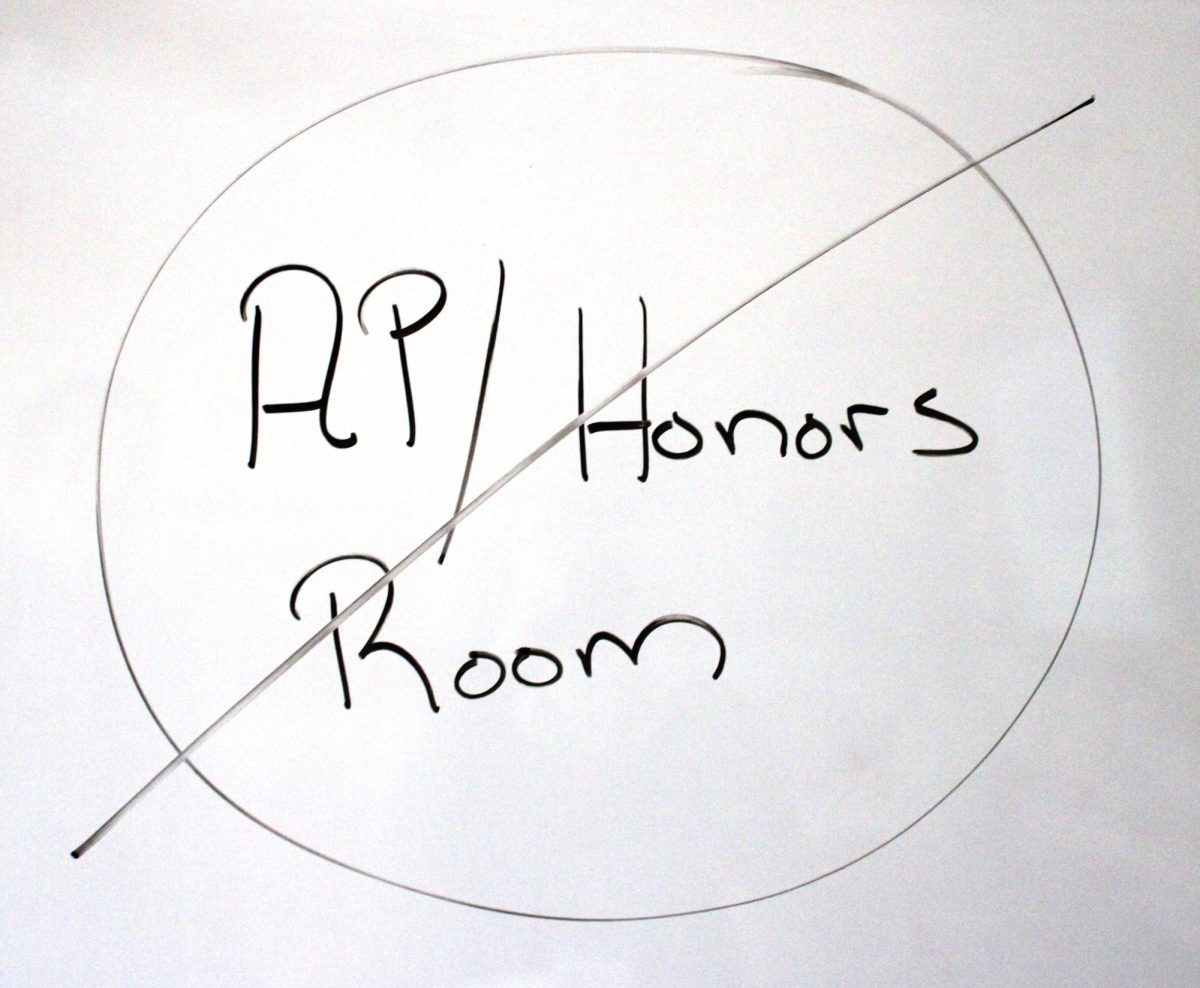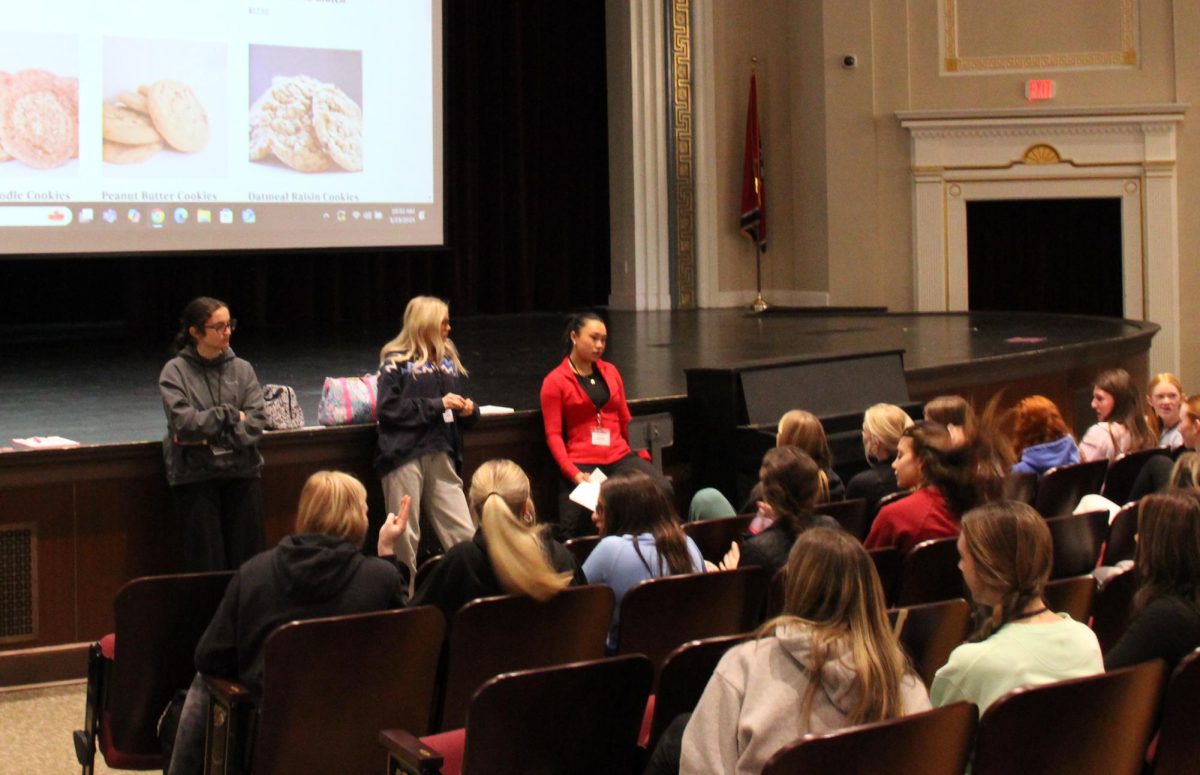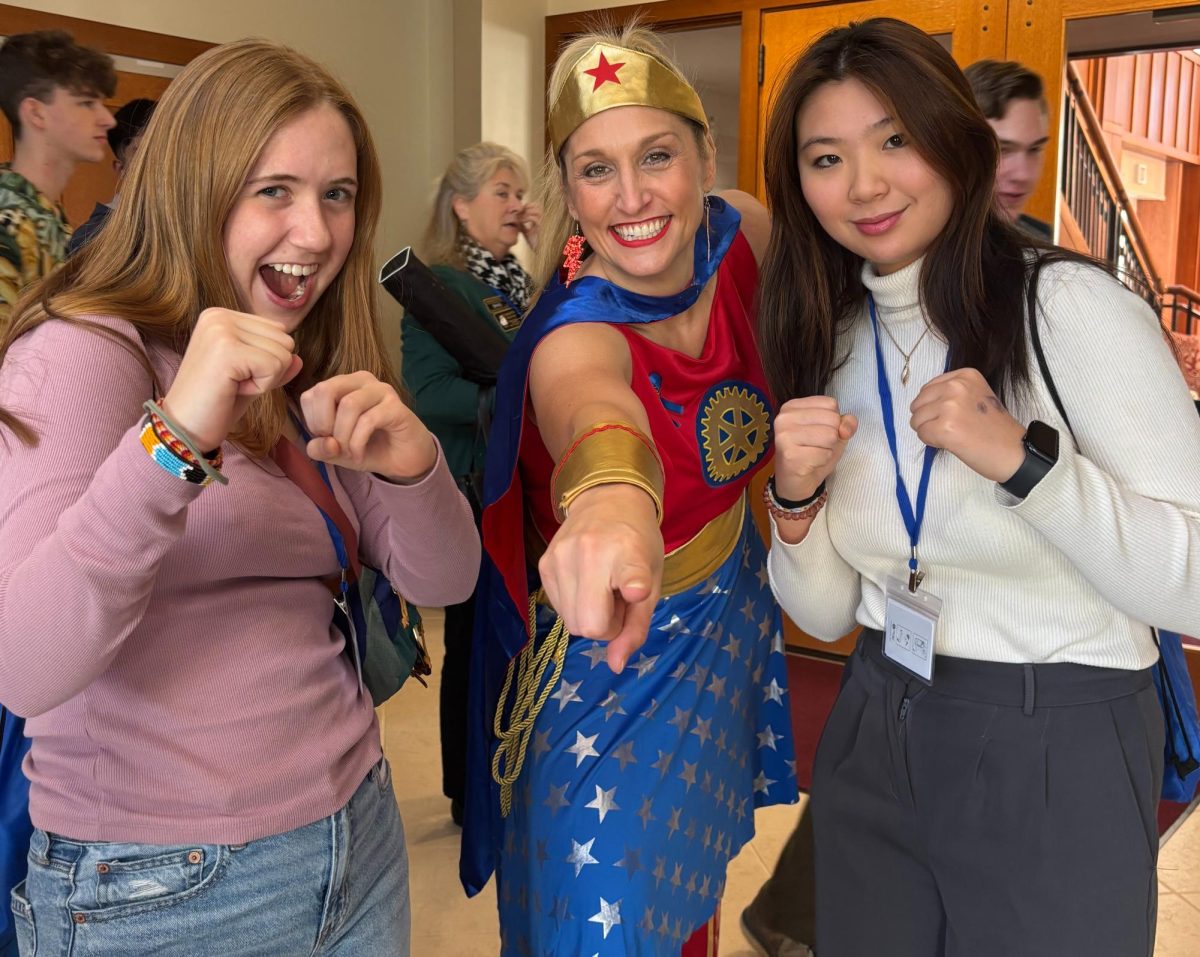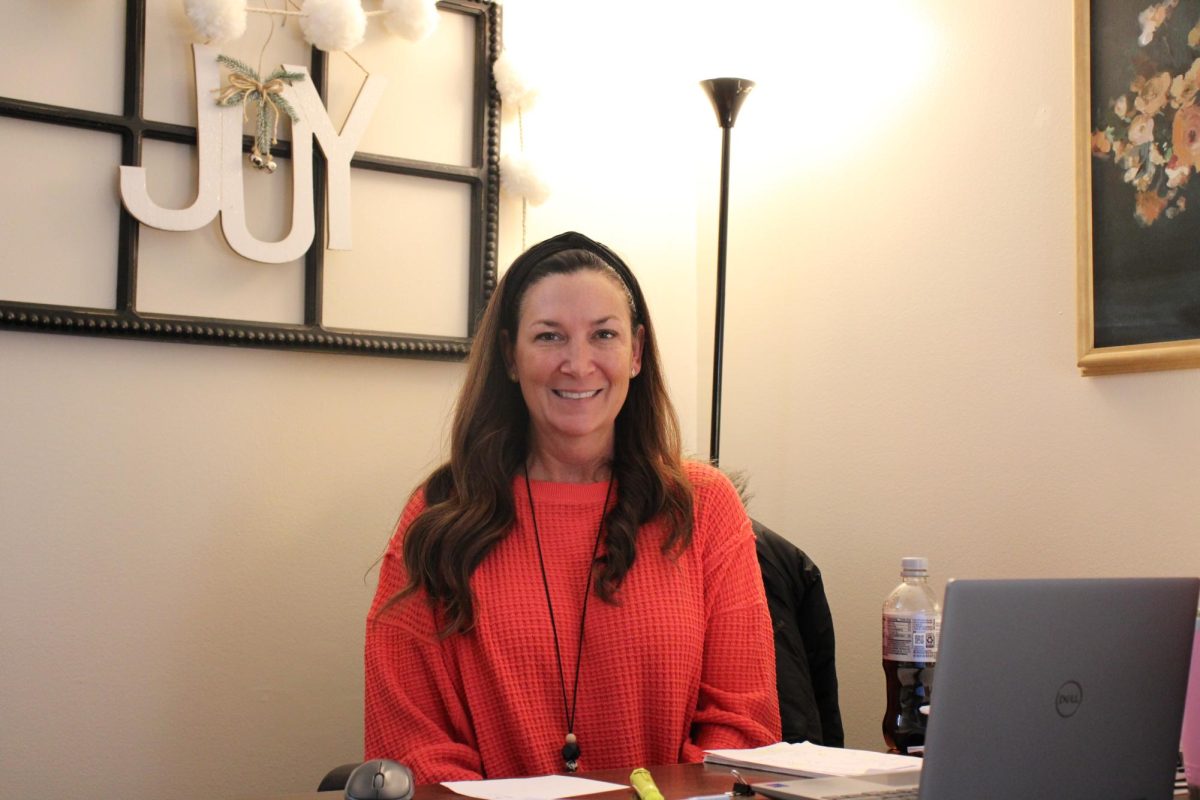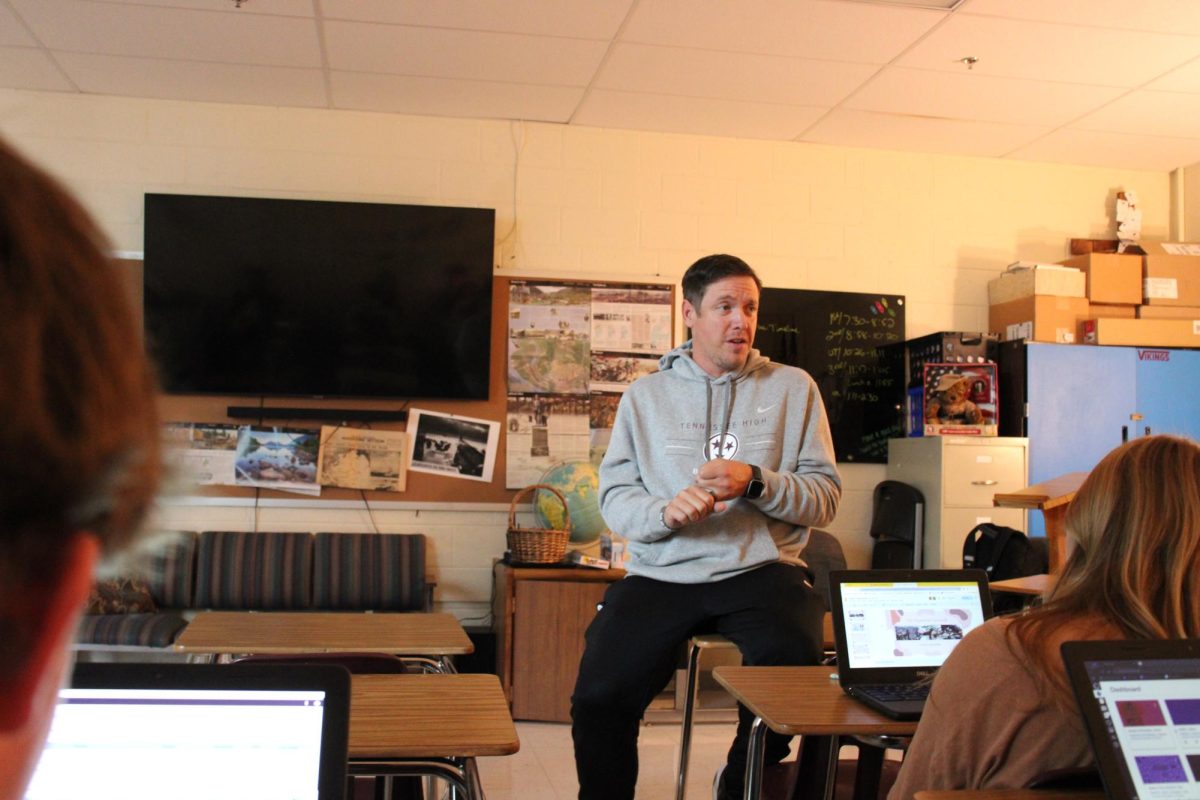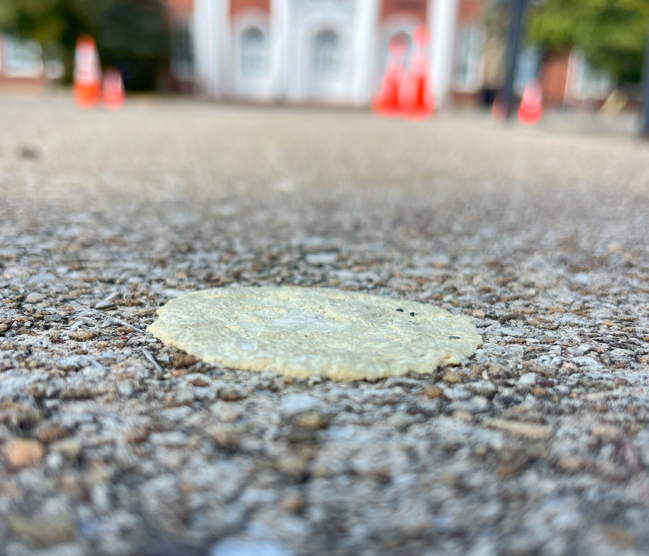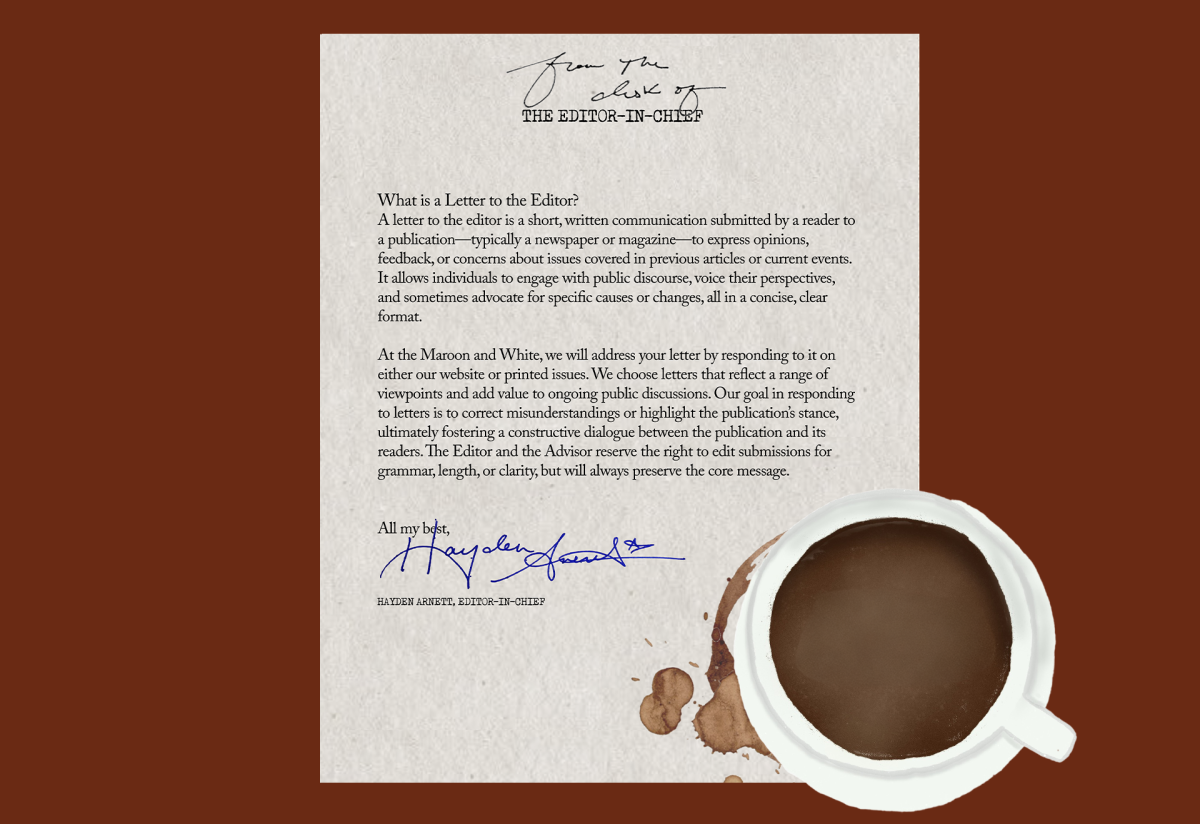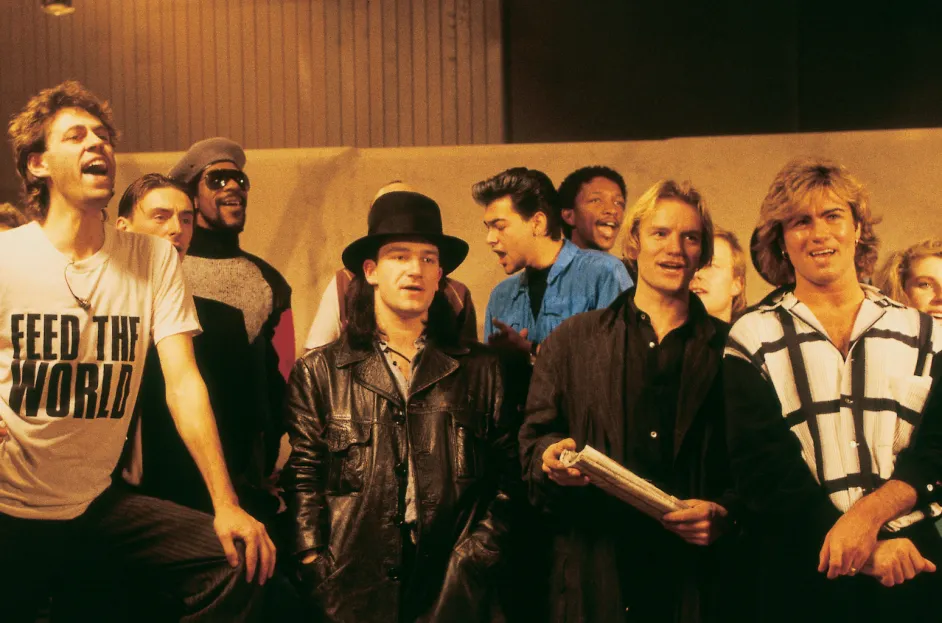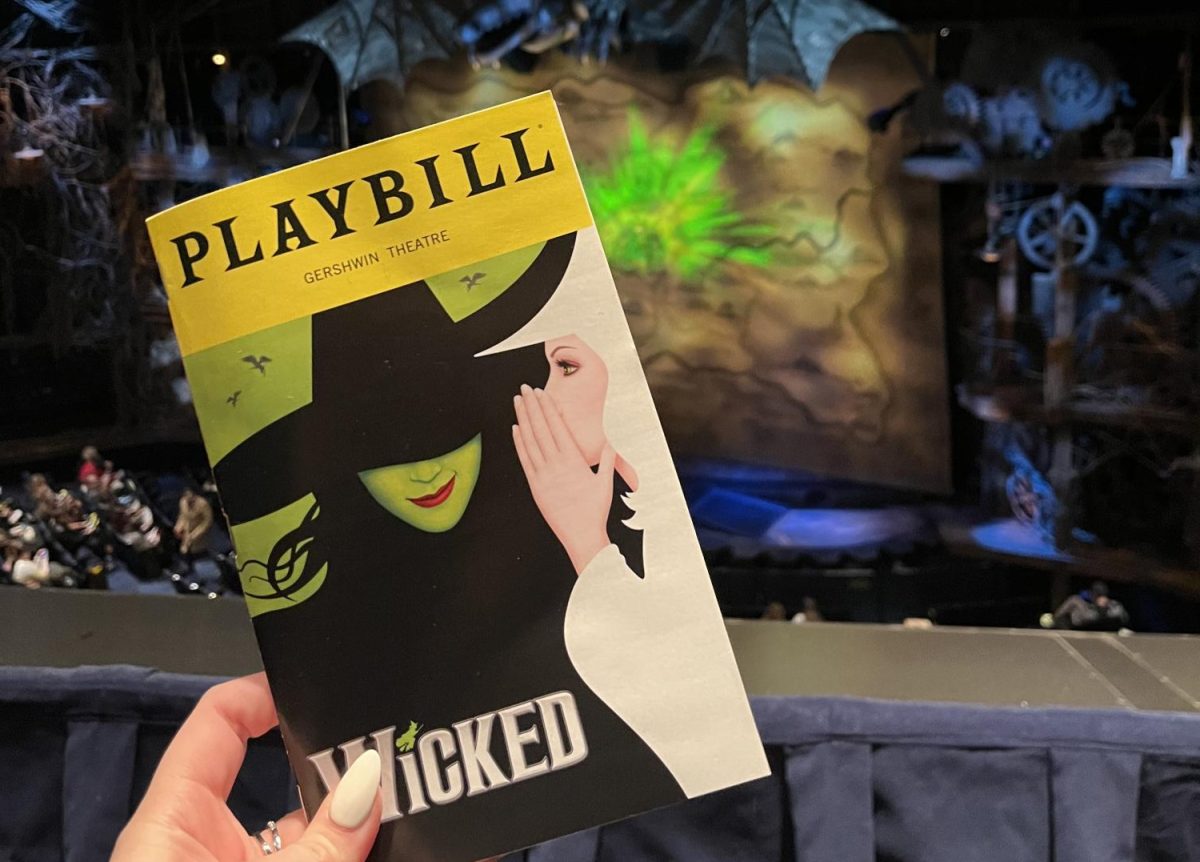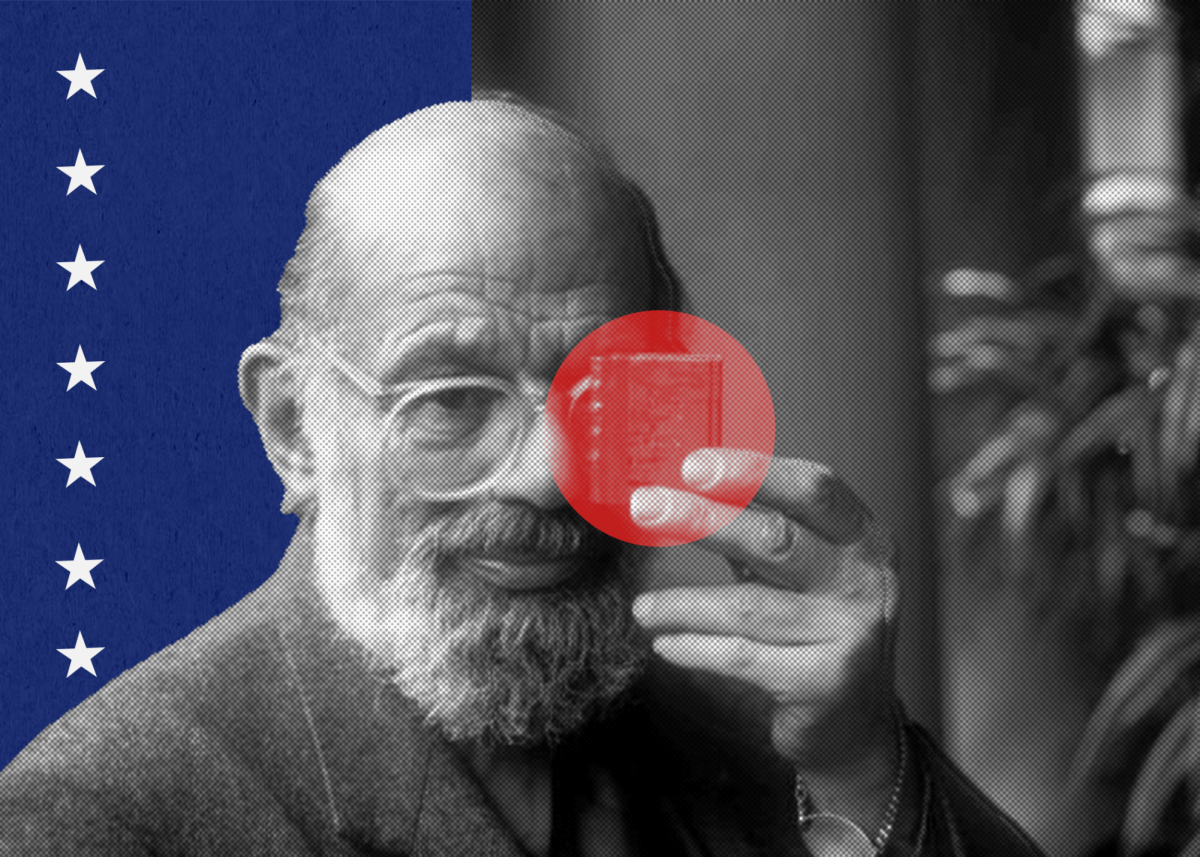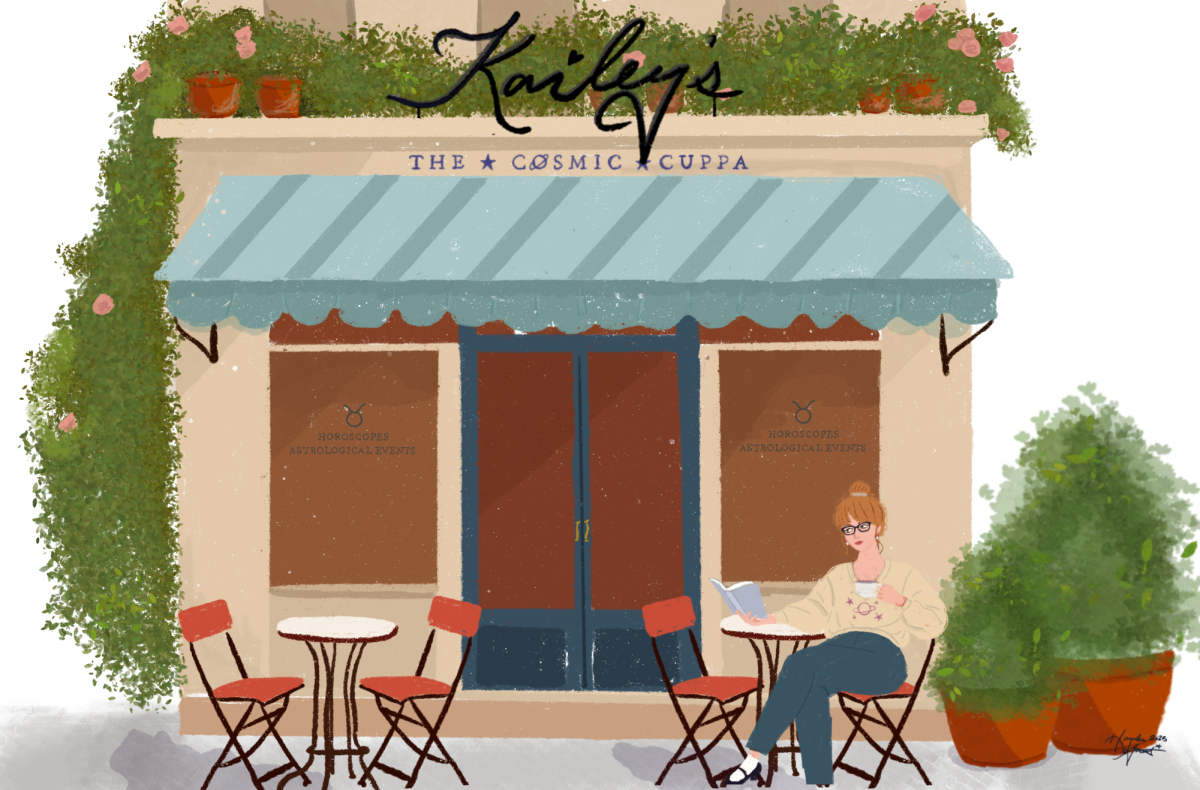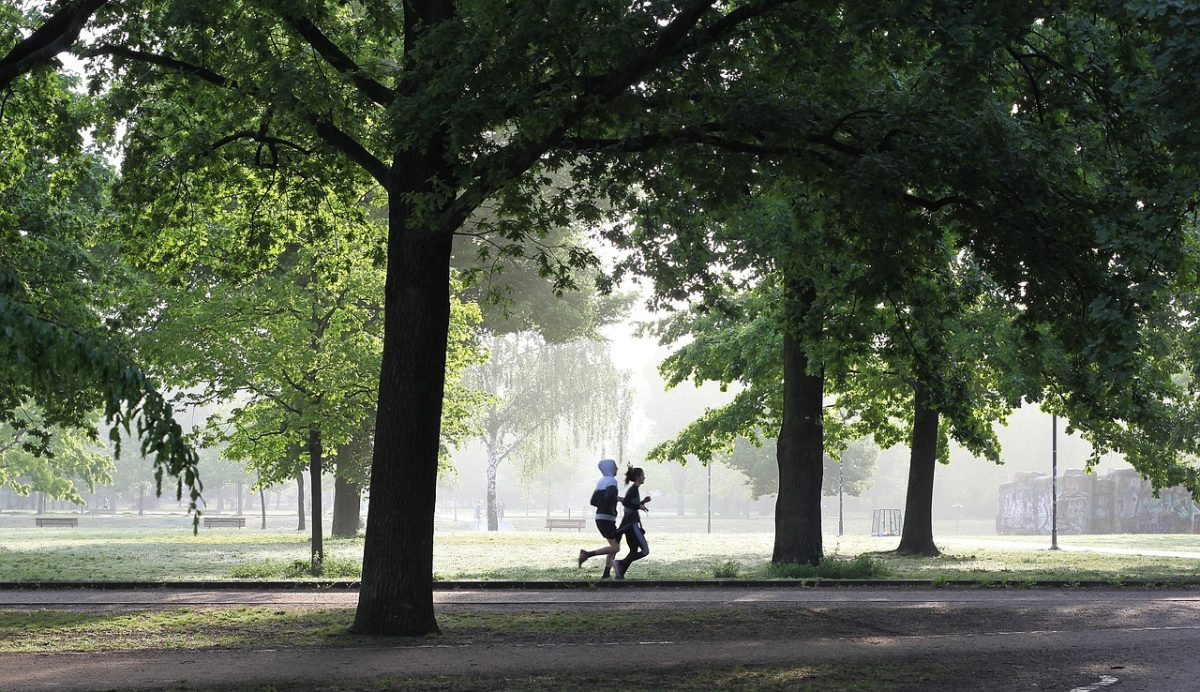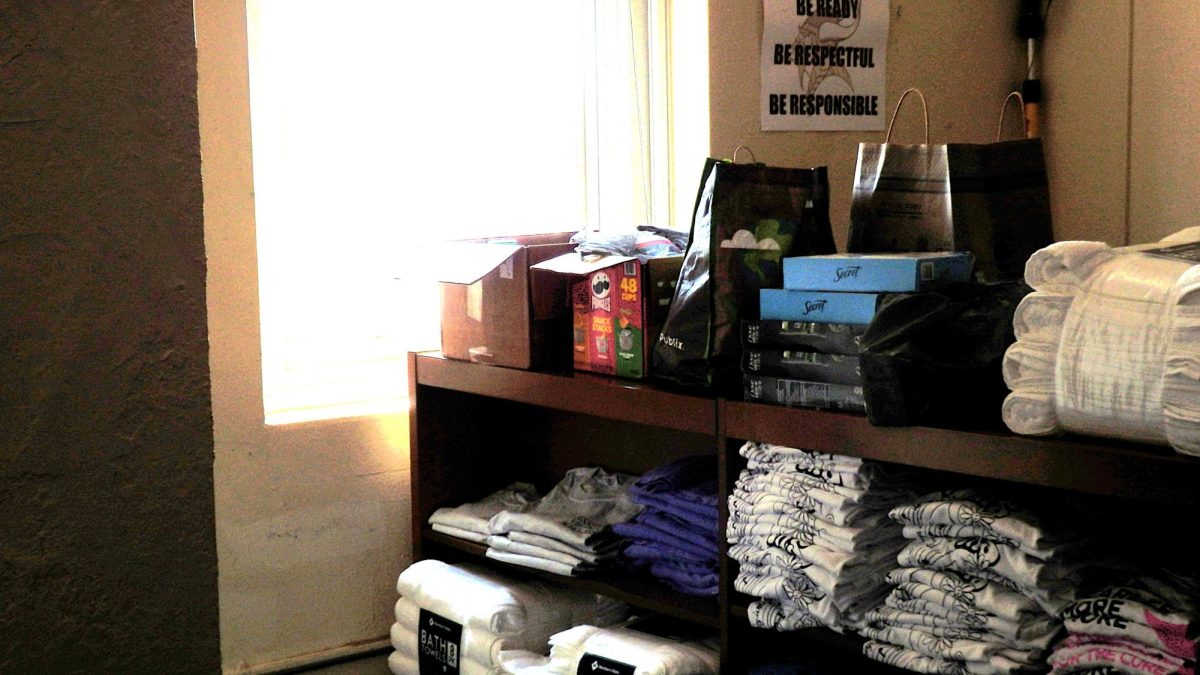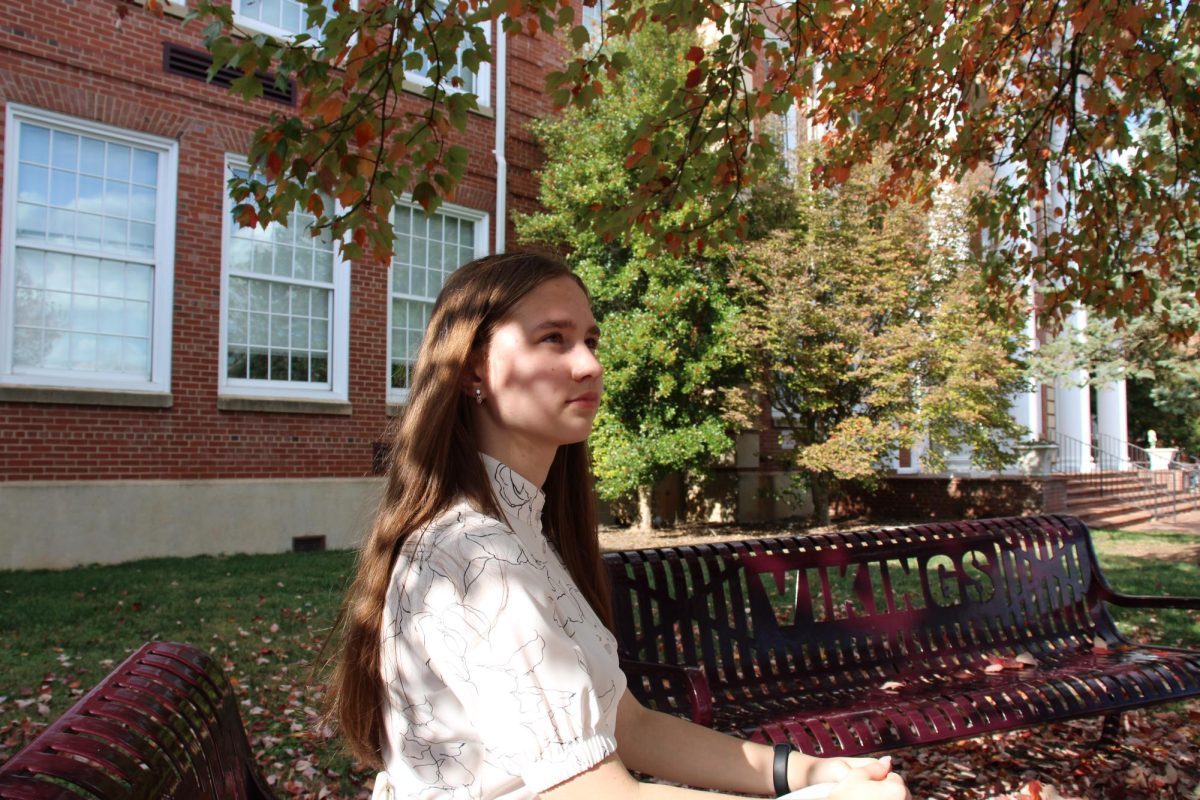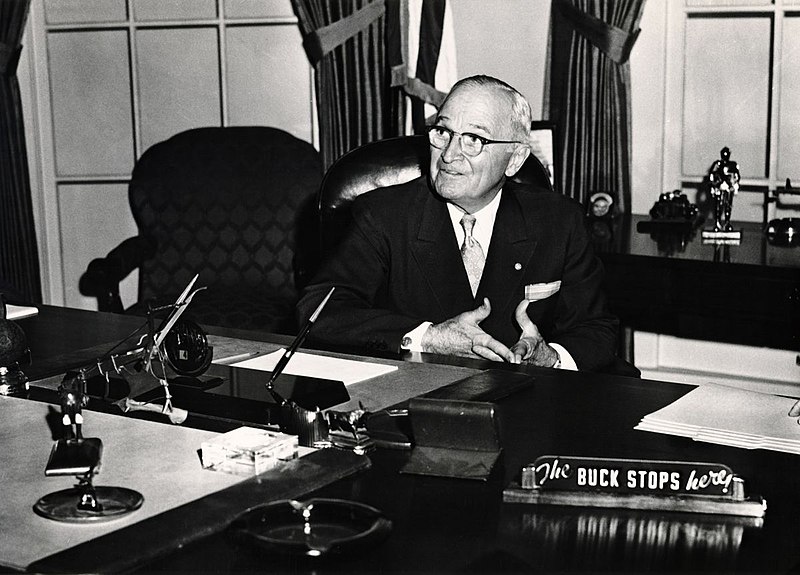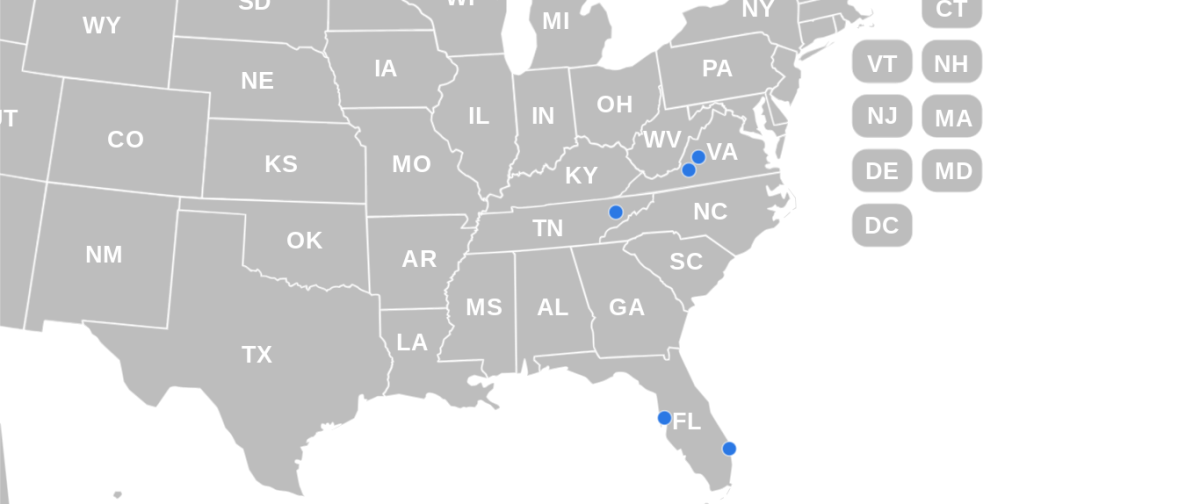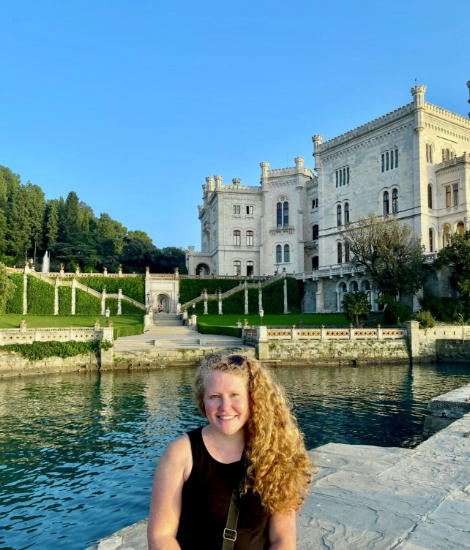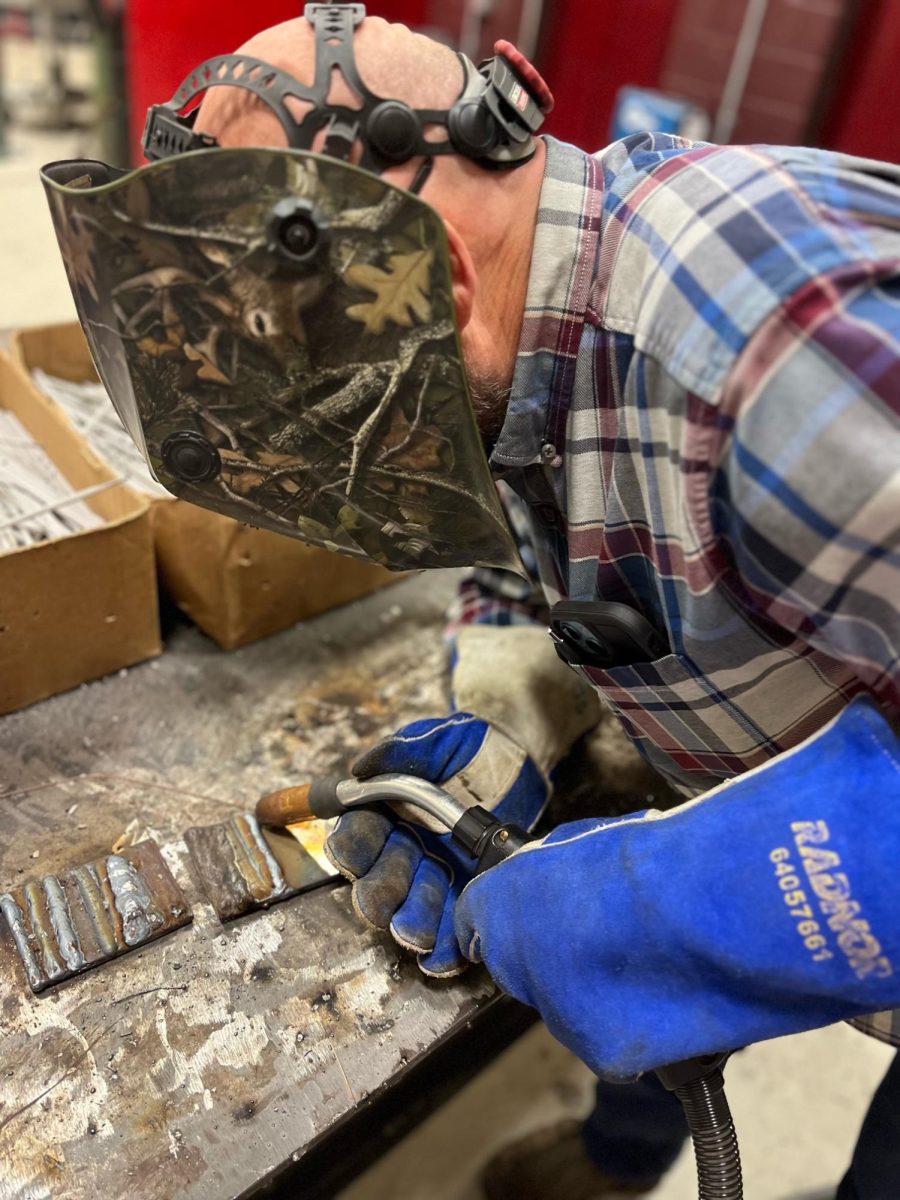Obscured by a dark mask and hot sparks, Jeff Simcox teaches another student how to successfully weld. He then sits down at his desk and smiles infectiously at a book cover featuring a colorful map of the Shenandoah Valley.
The book, My Father’s Place, was written by Simcox and published in 2024. It tells a fictional tale of Mary and Zeke: young lovers and their experience through courtship, birth, and eventual erasure from American history.
After hiking through the Blue Ridge Mountains in the mid-90s, taking in the scenery of his childhood, the idea for the book landed in his mind like a leaf falling from one of the thirty-foot trees towering over the mountains.
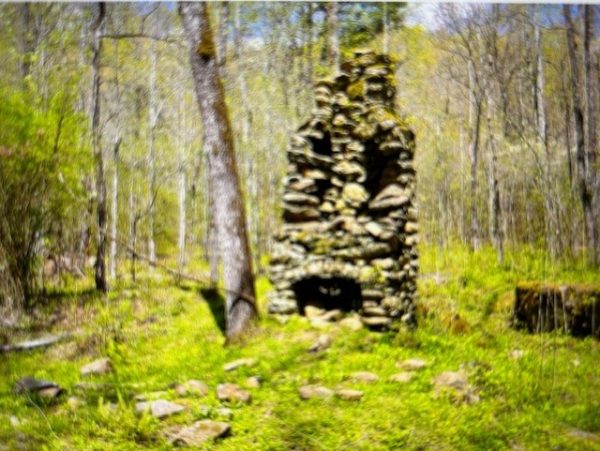
He noticed a lone chimney, covered in a century of moss, standing alone without any ruins surrounding it. The sight forced him to imagine the lives of the people who were once there.
Growing up with fond memories passed down by his parent’s parents, he already knew of the over 500 homesteads that once resided in the Shenandoah Valley.
But he also knew of the over 500 families who lost their homes, their community, and their lives with the creation of the park.
“Where my parents are from, and where they grew up and live[d], gave me some knowledge about mountain people,” said Simcox. “[I always knew] the people who lived in the Blue Ridge mountains were very resourceful, intelligent, and honest people.’’
Keen on his newfound quest to eternalize the stories of rural Appalachia, he began his research by listening to interview files provided by the archives at James Madison University. It was upon listening to the recount of day-to-day life in the mountains that he learned just how important the mountains were to them.
“[Through researching,] I learned the biggest lesson about the people from that area: how much they loved mountain life even though it was very hard,” said Simcox.
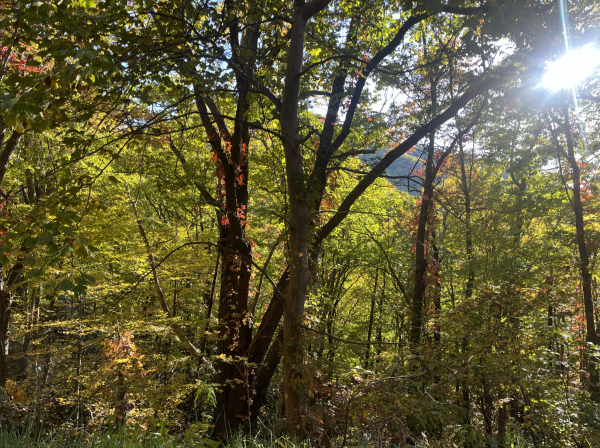
(Anna Grace Hodges)
Among spending hours reading different books and online articles, he also spent years hiking and camping in the area to further engross himself in the erased history. Around this time, he also decided to hand write the story—another way to become a part of that era.
Combining all the information he had gathered over the years, he finally set out to write the book in early 2021. Writing it on and off over the next year, he continued to visit the area before finally finishing the book in late 2022.
Immensely proud of his work and wanting to share it with the world, he asked Dereck Shipley to help him format the book. He also recruited several former students to aid in the publication: his homeroom students, Liz Rouse and James Baker, provided illustrations for the book and Ada Ritchie and Alex Akard assisted with content editing and writing a synopsis.
“After changing parts over and over, I finally decided it was finished,” said Simcox. “It’s really good to see hundreds of hours of work completed.”
Now, the book is self-published and he has been selling them to friends and family, but he hopes to see it on shelves in the future. He’s unsure if he will ever write another book again, but after sharing this story, he’s more than fulfilled.
“I’m happy to be done,” said Simcox. “It feels good to accomplish something out of my comfort zone.”



